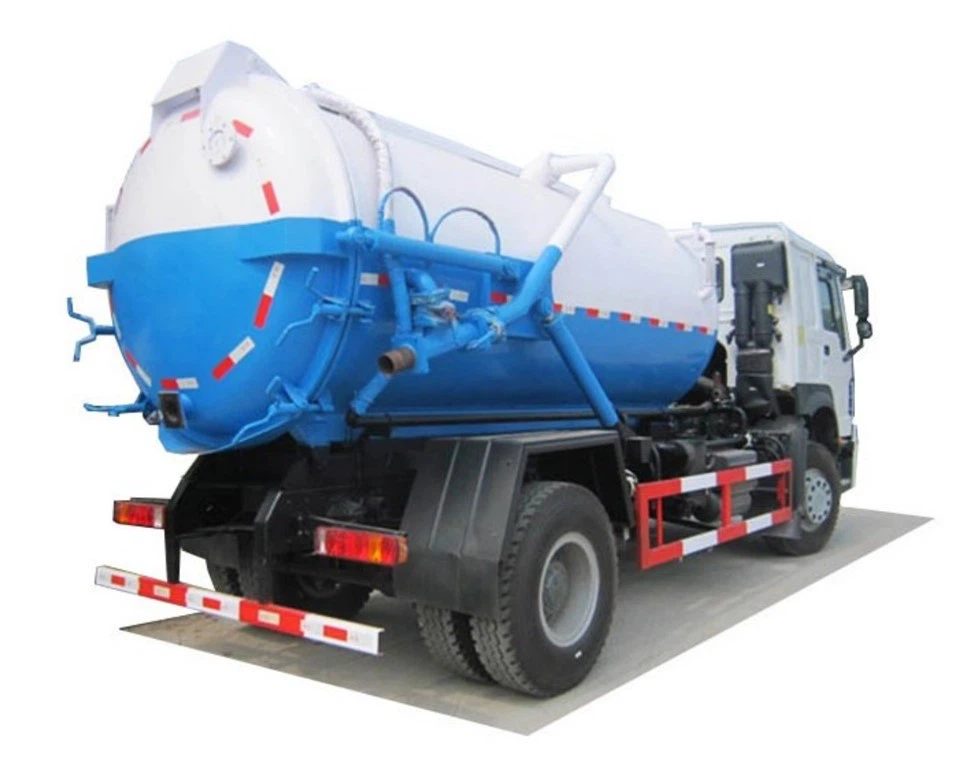Understanding Leach Int: A Comprehensive Guide

Introduction
Leach int, a term often encountered in discussions about leaching processes in various industries, particularly mining, agriculture, and environmental science, refers to the concentration of leachate generated from the chemical processes that dissolve materials from solid substrates. Understanding the implications of leach int is essential for professionals in these fields, as it affects environmental sustainability, resource recovery, and waste management practices. This article aims to provide a detailed overview of leach int, exploring its significance, processes, applications, and best practices.
What is Leaching?
Leaching is the process through which soluble substances are removed from solid materials by the action of liquid. This action is commonly utilized in chemical extraction processes and environmental assessments. The important factors in leaching include:
Key Components of Leaching
- Leachate: The liquid that percolates through a solid and extracts soluble substances.
- Drainage Media: The materials through which leachate flows.
- Solvents: Liquids that interact with the solid materials to extract valuable components.
- Environmental Impact: The effect leachate has on soil and water quality.
The Process of Leaching
Leaching can be divided into various types based on its application and efficiency. The two main types are:
Chemical Leaching
This is the process of removing minerals from ores and soil using chemical agents. Common in mining, it involves the use of acids or bases to dissolve desired minerals.
Example of Chemical Leaching
In gold mining, cyanide is often used to extract gold from ore. This process involves the dissolution of gold into a cyanide solution, creating a leachate rich in gold ions.
Biological Leaching
This method uses living organisms to extract metals from ores. Bioleaching is an environmentally friendly approach as it minimizes the use of harmful chemicals.
Example of Biological Leaching
In copper mining, certain bacteria can oxidize copper sulfide ores, allowing the copper to dissolve into the leachate, which can then be processed for extraction.
Understanding Leach Int
Leach int, or leachate interaction, focuses on the characteristics of the leachate produced during the leaching process. The properties of leachate can significantly affect the surrounding environment, making it crucial to monitor and control.
Characteristics of Leach Int
- pH Level: Indicates the acidity or alkalinity of the leachate, which can influence the solubility of various minerals.
- Concentration of Contaminants: The presence of metals, nutrients, or organic compounds that can be harmful to ecosystems.
- Toxicity: Evaluating how harmful the leachate is to plants, animals, and humans.
Importance of Managing Leach Int
Proper management of leach int is vital for several reasons:
Environmental Protection
Leachate can contaminate soil and groundwater, leading to hazardous environmental conditions. By managing leach int effectively, industries can minimize these risks.
Resource Recovery
Industries can recover valuable resources from leachate, making the operation more sustainable and economically viable.
Compliance with Regulations
Many regions have strict regulations regarding waste management and leachate control. Keeping leach int in check can help companies avoid penalties and maintain good standing with regulatory authorities.
Best Practices for Managing Leach Int
1. Conduct Regular Monitoring
Frequent monitoring of leachate characteristics can help identify potential issues before they become severe. Testing should include periodic assessments of pH, contaminant concentration, and overall toxicity.
2. Implement Treatment Systems
Incorporating treatment methods such as filtration, biological treatment, or chemical neutralization can improve leachate quality and reduce environmental impact.
Types of Treatment Systems
| Treatment Type | Description |
|---|---|
| Physical Treatment | Employs filtration or sedimentation to remove solid particles from leachate. |
| Chemical Treatment | Uses chemical reactions to neutralize hazardous components. |
| Biological Treatment | Utilizes microorganisms to break down organic compounds. |
3. Create Containment Systems
Building infrastructure, such as liners and leachate collection systems, helps contain leachate and prevent it from spreading into the environment.
4. Educate Staff
Training personnel on the importance of leach int management and best practices ensures everyone is knowledgeable and vigilant.
5. Collaborate with Regulatory Bodies
Engaging with local environmental agencies can aid in navigating regulations and establishing best practices, enhancing overall compliance and environmental stewardship.

Applications of Leach Int Management
Mining Industry
In mining, effective management of leach int ensures that valuable extracted metals do not contaminate the surrounding environment. Techniques such as using non-toxic leaching agents can significantly reduce the ecological footprint.
Agricultural Practices
Farmers must manage leach int from fertilizers and pesticides to prevent soil and water pollution. Implementing precise application techniques can minimize leaching of chemicals into groundwater.
Waste Disposal and Landfills
In waste management, properly treating and containing leachate from landfills is critical to prevent contamination of nearby water resources, ensuring public health and environmental safety.

Future Trends in Leach Int Management

Innovative Technologies
The future of leach int management lies in emerging technologies such as membrane filtration and advanced oxidation processes which can greatly enhance leachate treatment efficiency.
Sustainability Practices
The push for sustainability will drive industries to adopt methods that not only treat the leachate but also recover resources, turning potential waste into profitable materials.
Frequently Asked Questions (FAQ)
What is leach int?
Leach int refers to the characteristics and management of leachate generated during the leaching process, focusing on its environmental implications.
Why is leachate management important?
Proper leachate management is essential to prevent environmental contamination, recover valuable resources, and comply with regulations.
How can leach int be measured?
Leach int can be measured by assessing the pH, contaminant concentration, and overall toxicity of the leachate produced.
What treatment options are available for leachate?
Treatment options include physical, chemical, and biological methods, each tailored to treat specific contaminants effectively.
Can leach int be recycled?
Yes, with appropriate treatment, leach int can potentially be recycled for resource recovery, thereby promoting sustainability.
